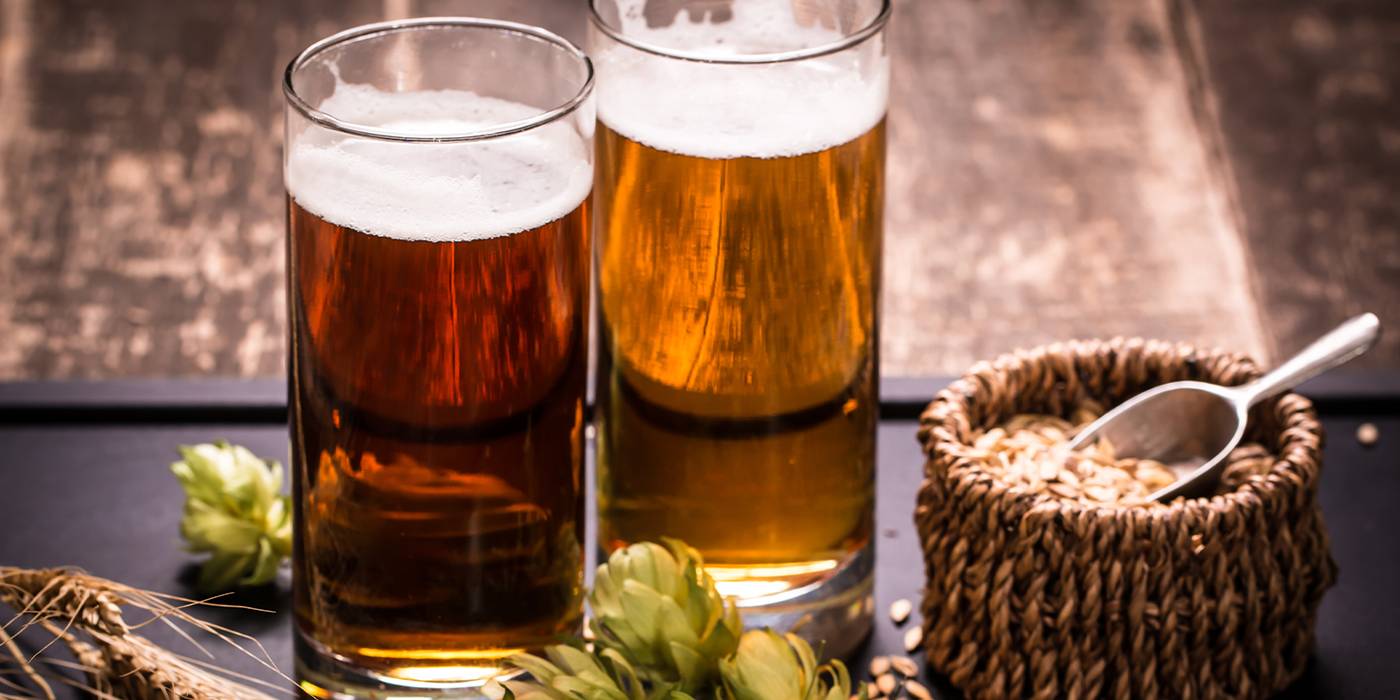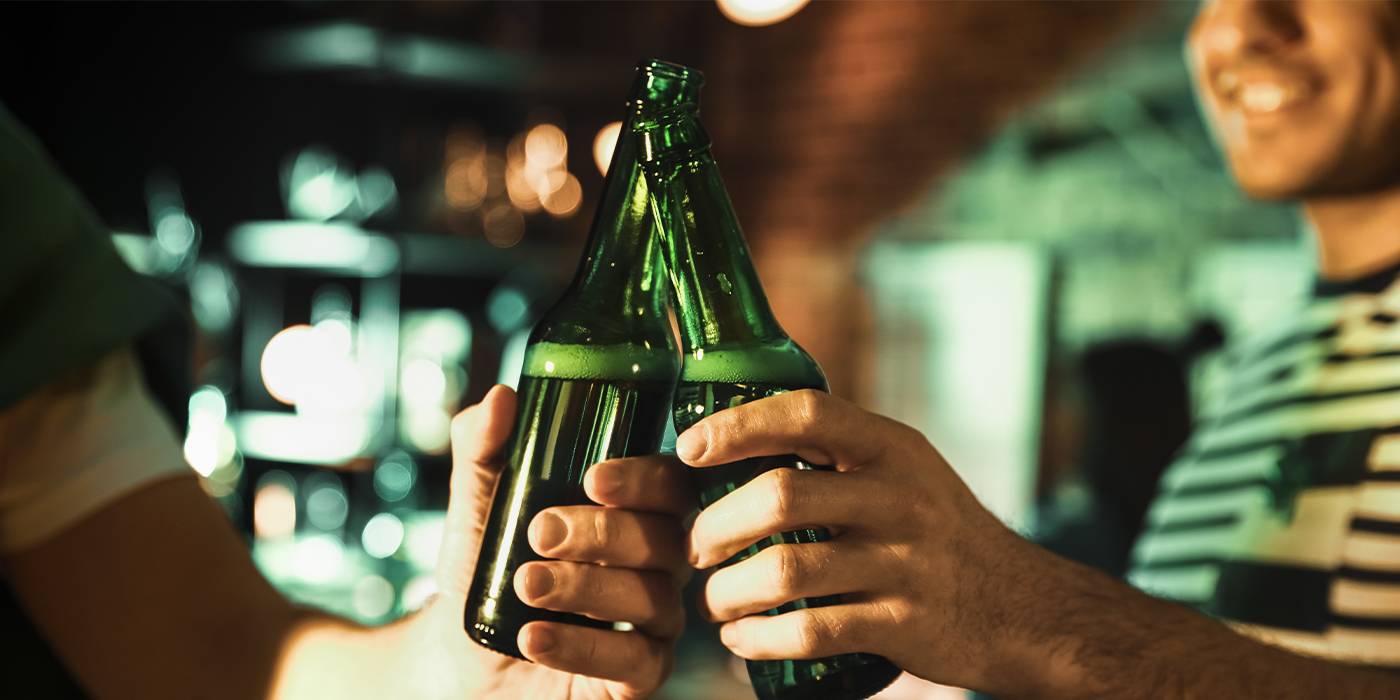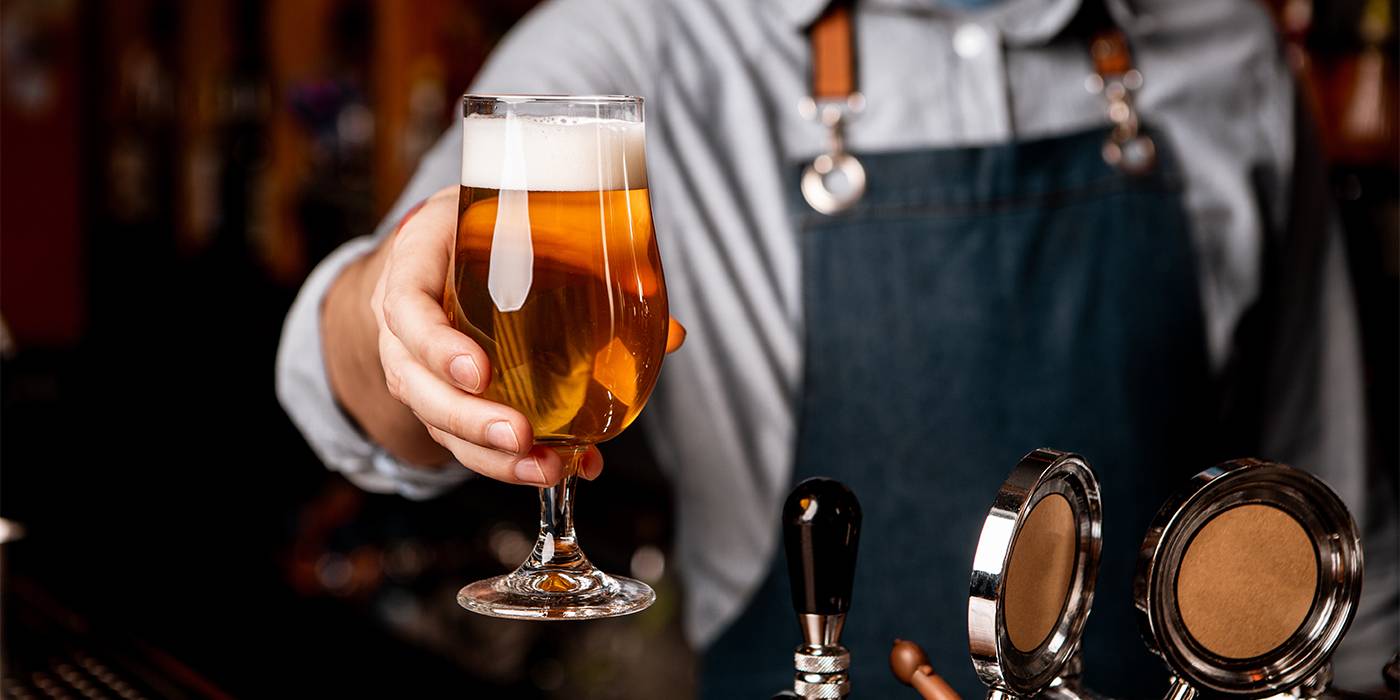Alcohol content in beer: How much is in yours?
The alcohol content of beer varies depending on the type, brand and more. Curious about the alcohol content of each beer? Find out the alcohol content now!

Julio Cerezo - Beer Sommelier
Director of Sabeer Beer Academy
Although today there are many varieties of alcohol-free and 0.0 beer, beer is by definition an alcoholic beverage. The legal regulation in Spain states that beer is ‘... the result of fermentation, by means of selected yeasts, of a brewer's wort...’. Despite this, we can say that beer is probably the least alcoholic among the commonly consumed alcoholic beverages.

Indeed, wines of mass consumption have double or triple the alcohol percentage of the most common beers, while spirits such as gin, whisky, or rum can increase this factor exponentially. Only cider can be compared to the alcohol level of beer, although its consumption figures are only comparable in certain regions of the northern coast of Spain.
However, not all beers have a similar alcoholic content. Within the world of beer, there are over 100 styles, each with different recipes resulting in beers that are lighter or darker, sweeter or more bitter, lighter or denser… and of course, more or less alcoholic. What we popularly refer to as alcohol content is expressed as the percentage of alcohol in a beer in relation to the total liquid, and it’s mandatory to indicate this on the label and in any beer advertising, sometimes followed by the acronym ABV, which stands for alcohol by volume.
The factor responsible for the higher or lower alcohol level of beer is the amount of fermentable sugars in the wort. This, in turn, depends on the ratio of water to cereal in the recipe – more cereal means more sugars – and the brewing process, which the brew master can adjust to produce more or fewer fermentable sugars from the same amount of grain.

Below, we will review some common alcohol ranges found in beers on supermarket shelves, keeping in mind that two beers with similar alcohol percentages can differ greatly in colour, aroma, and flavour.
- 0.0 % beers > These are the least alcoholic on the market thanks to their controlled fermentation, yet they still contain a minuscule amount of alcohol. A growing subcategory is the 0.0 amber beers where the differences lie in the colour, aroma, and flavour imparted by the roasted malts, without affecting the alcohol content.
- Non-alcoholic beers > These can contain slightly more alcohol than the previous beers, but still less than 1%. As long as they are below this threshold, they can be labelled as non-alcoholic, though there is currently no requirement to specify their exact alcohol content.
- Low-alcohol beer > This category includes beers with an alcohol content between 1% and 3%. They are relatively unpopular in Spain, where the two previous categories (0.0 and non-alcoholic) dominate the market. Slowly, some craft versions are emerging, often labelled as ‘Low’.

- Beers between 4% and 5.9% > This range includes the most widely sold beers in our country, generally golden lagers, but there are also German wheat beers, Belgian wheat beers and some craft beers such as Pale Ale or Session IPA. There are also some dark or toasted beers that do not exceed this alcohol level.
- Beers between 6% and 7.5% > In our market, this tier is occupied by what are commonly known as tostadas, a somewhat imprecise term since there are beers with roasted malts – and therefore roasted colours, aromas and flavours – across various alcohol levels. In addition to the intense lagers, there are also several abbey or Trappist beers, much more aromatic due to their ale yeast, a good part of the IPAs, many of the barrel-aged beers and some other styles.
- Beers above 8% > Less common among major brewers and consumers, craft brewers are increasingly filling this tier with highly intense beers, often featuring dark malt flavours. These are generally full-bodied beers intended for slow enjoyment, including some monastic quadruples.
There is always an occasion for each beer style, so why not explore each of these segments to broaden your consumption range, while keeping moderation in mind?
Cheers!
What do you think about?
Share comments, opinions and tricks with the Community







